St. Louis Cemetery No. 1- New Orleans’ Oldest & Most Famous Cemetery (New Orleans, LA)
Primary tabs
Type:
- Places

New Orleans has 3 different cemeteries named Saint Louis Cemetery Number, numbered #1, #2, and #3 according to the date they were formed. Most of the graves in the cemeteries are above-ground vaults from the 18th and 19th centuries.


Saint Louis Cemetery Number One opened in 1789, located just 1 block away from the French Quarter. It opened along with the revival of the city in place of Saint Peter Cemetery, which burnt down in 1788 and is no longer in existence. It is the oldest existing and most famous cemetery in New Orleans and still holds several burials each year.

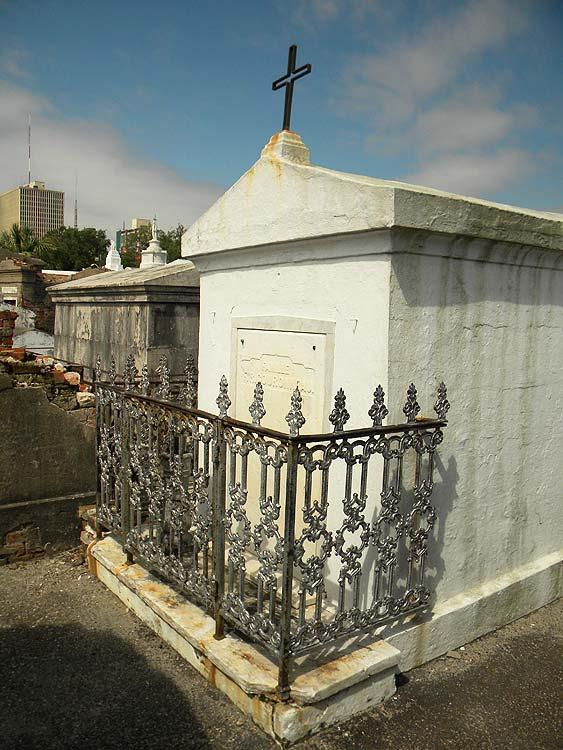
Compared to the other old cemeteries, the ossuaries here are placed above ground, giving an atmosphere more like that of Mexico, South America, or the Caribbean.
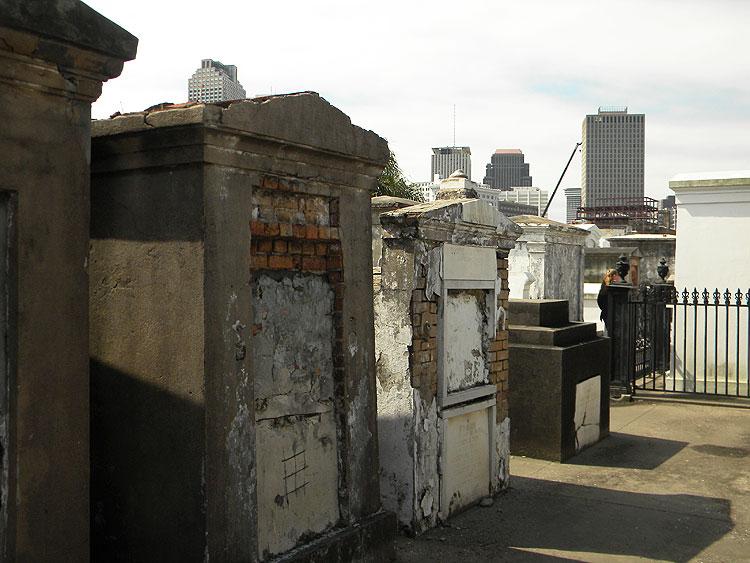

Saint Louis Cemetery Number One was influenced by Spanish and French culture along with the African slaves who were brought here. Out of all the ossuaries, no two are the same. There are traces of voodooism throughout, as well as Spanish and French colonial influences that came from South America, as well as evidence of piracy, exhibiting the diverse history of New Orleans throughout the cemetery. It is included on the National Register of Historic Places as well as the Louisiana African American Heritage Trail.

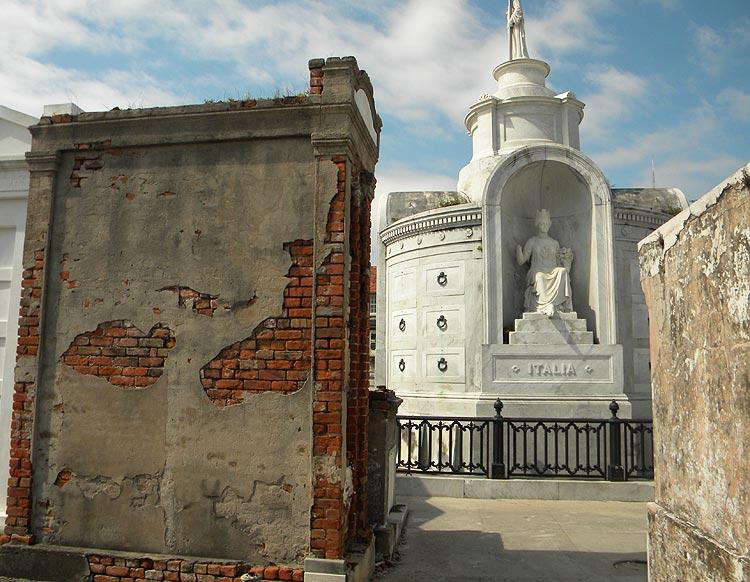
Visitors to the cemetery can see the final resting places of many prominent New Orleans families, particularly those of Creole descent. Initially, the cemetery was divided into sections for Catholics, non-Catholics, and “Negroes,” possibly referring to slaves.
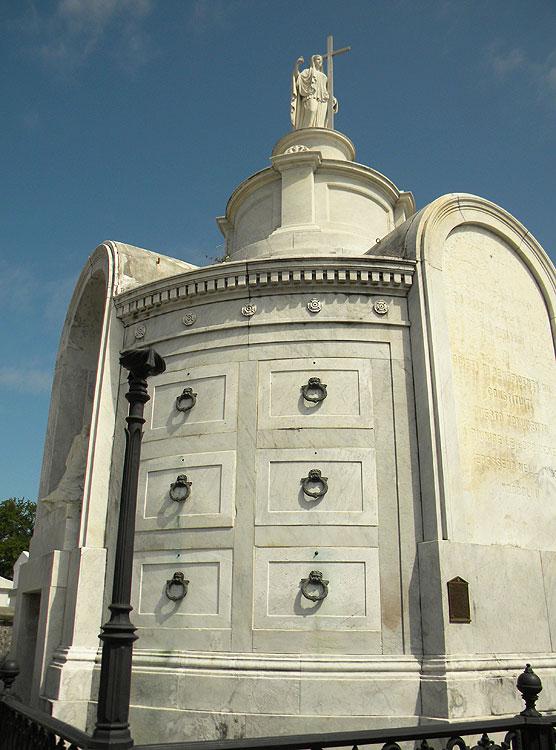

The northwestern side of the Cemetery contains an area where the majority of the Protestants are buried. This part looks similar to the Eastern side where the ossuaries are laid flat and is where the first black mayor of New Orleans was buried as well as other celebrity figures.


The most famous permanent resident (at least the most haunting) is in the tomb of Marie Laveau, the city’s internationally recognized “Voodoo Queen.” Famous in pop culture, Cemetery #1 served as the location for the acid freak-out scene in the movie Easy Rider.
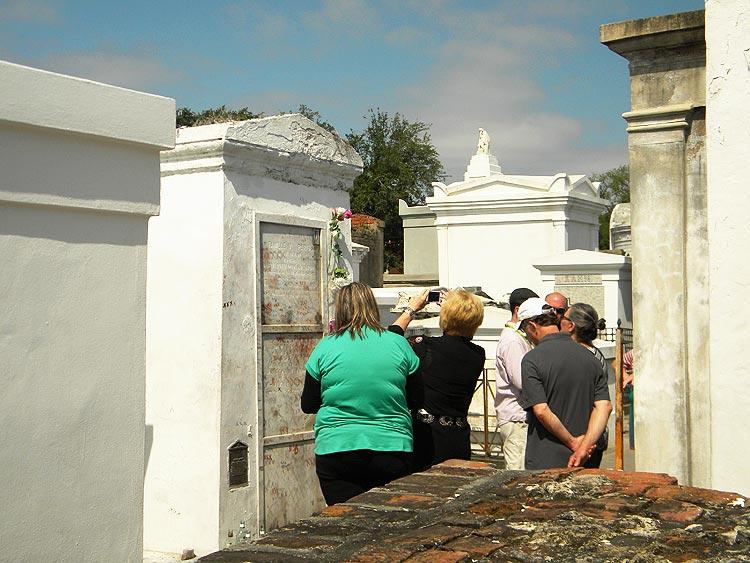

Other famous New Orleans residents buried here include Etienne de Boré (a wealthy pioneer of the sugar industry), Homer Plessy (the plaintiff from the landmark Plessy v. Ferguson Supreme Court decision about civil rights), and Ernest N. "Dutch" Morial (first African-American mayor of New Orleans).


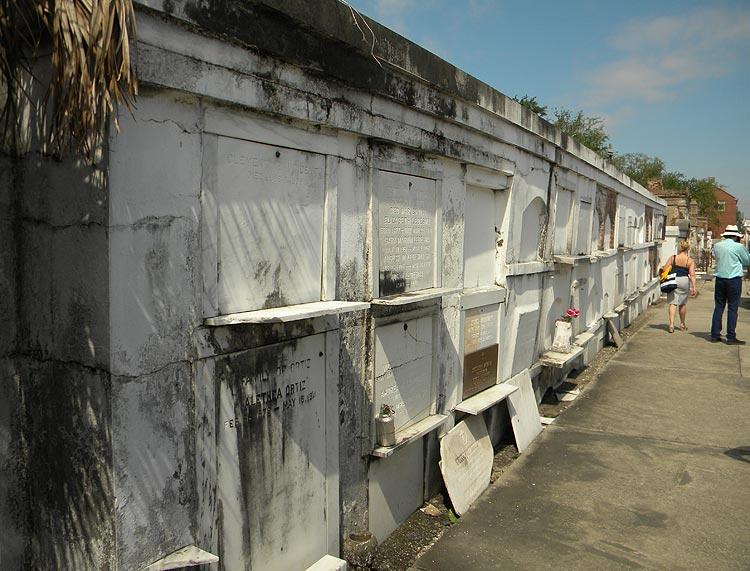
Additionally, in 2010, Nicolas Cage had a pyramid-shaped tomb built in the cemetery that he plans to use for his burial after he dies. The enigmatic brick and stucco structure only has the Latin phrase omnia ab uno, which translates as "all for one." Many tourists gather at the tomb to take pictures of the modern monument juxtaposed with more traditional burials spots.

From March 1, 2015, the Roman Catholic Diocese of New Orleans (which owns and manages the cemetery) closed it to the general public. The most commonly cited reason is in response to increased vandalism on the cemetery grounds. However, the diocese has started charging tour companies for access. And families who own tombs in the cemetery can apply for a pass to visit.






 Forward
Forward Twitter
Twitter Google+
Google+ LinkedIn
LinkedIn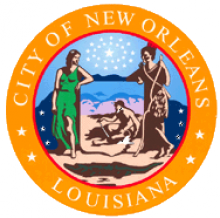

Comments